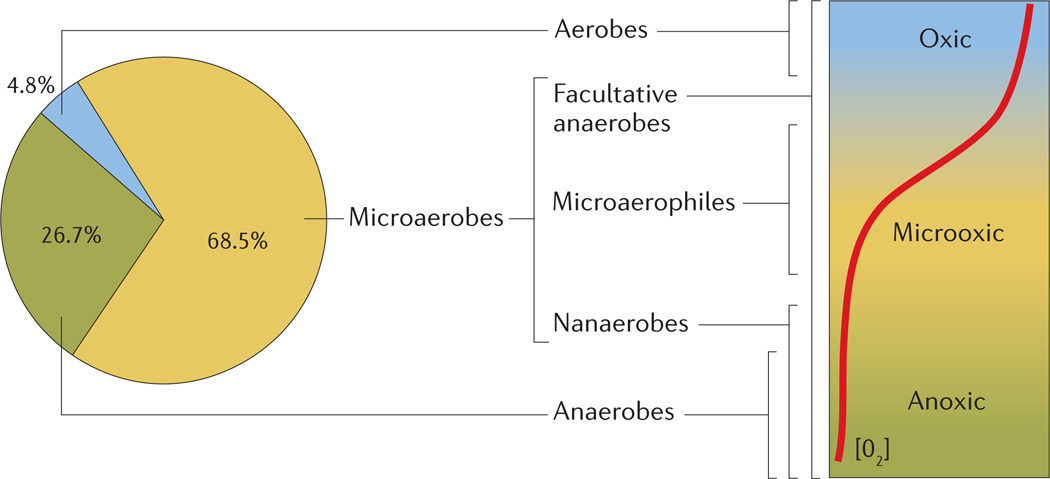Figure 1. The distribution of terminal oxidases in bacterial genomes linked to physiological groups of microorganisms and their distribution in an O2 gradient.
Relationships between the occurrence of high- and low-affinity terminal oxidases in bacterial genomes, bacterial groups named according to their response to O2 (TABLE 1), and the environments in which each group of bacteria can be found. The pie chart shows the percentage of bacterial species in which our analysis detected genes encoding the various oxidases. Microaerobes are defined genomically by the presence of a high-affinity cytochrome oxidase, either alone or in combination with a low-affinity oxidase, and encompass bacterial groups that can be found in the entire range of O2 concentrations which occur in nature. Organisms with only low-affinity oxidases are classed as aerobes and are found only in oxic environments. Anaerobes encode no oxidases and are found in anoxic environments. The red line depicts an O2 gradient, decreasing from top to bottom.

